How do invasive plant species impact Stanley Park?
Stanley Park fights a Hostile Takeover!

Invasive plants are species that are not native to a particular area, which have a negative impact on local plants and wildlife. If conditions suit these non-native plants, they spread rapidly, outcompeting native species and ultimately cause declines in biodiversity, leading to unhealthy ecosystems. Invasive species are often such a problem because they do not have the natural predators or limitations to keep their growth in check.
Invasive species are considered one of Canada’s greatest threats to the survival of our wild animal and plant life!
The variety of native plant species in an ecosystem decreases as invasive species grow aggressively, blocking native species’ access to resources such as soil, nutrients, sunlight, and water. The change in plant ecology, and loss of native plant biodiversity, affects wildlife by limiting their food availability and shelter.
Check out the display to see what this overall loss of biodiversity looks like in Stanley Park. Stanley Park Ecology Society (SPES) works to remove invasive plants and restore affected areas by encouraging re-growth of native berry-producing plants and planting native species.
To learn more about SPES’s habitat restoration work or how to get involved, visit www.stanleyparkecology.ca

Ruby Crowned Kinglet on Himalayan blackberry (credit Liron Gertsman)
Food For Thought
Native berry plants are adapted to co-exist with one another and create biodiverse areas as they grow. Invasive species, however, tend to take over and become the only plant species in an area.
In addition, many invasive species such as Himalayan Blackberry develop fruit which overlaps with native species. This means there is more competition amongst plants for their seeds to be dispersed by wildlife. This increased competition can reduce the success of native plants in being able to grow and spread within local habitats.
Invasive plants also pose another problem in that they take up space, but don’t necessarily provide habitat for wildlife. The diversity of native plants in Stanley Park, however, provides a variety of shelter options for birds and other wildlife.
Previous studies within Stanley Park have shown that invasive plant species reduce the presence of wildlife species within a given area. In a 2010 study conducted by SPES, a total of 281 individual birds were observed in a biodiverse stand of native plants, compared to only 48 individuals observed in an invasive blackberry stand.
Some bird species still do however nest in invasive plants. These species include American Robins and Spotted Towhees. To ensure no wildlife are negatively impact during restoration work conducted by SPES, certain invasive plant species (such as Himalayan Blackberry) are only removed outside of nesting season (March – August).
COMMON INVASIVE PLANT SPECIES WITHIN THE PARK
English ivy (Hedera helix) – English ivy is native to the UK. English ivy is a vine that grows in a dense mat on the ground, creating an “ivy desert” by smothering everything around it.
Himalayan blackberry (Rubus armeniacus) – This tenacious berry originated in Asia. It grows in a thicket, with prickles along canes that reach 5 metres in height. Thickets can produce around 10,000 seeds per square meter. In addition to seeds, the plant can spread through root and stem fragments.
Cutleaf blackberry (Rubus laciniatus) – A cousin of Himalayan blackberry, this blackberry species is noted for its prominently spiked leaves and sweet berries. Originating from Eurasia, this species can grow up to 3 meters tall and similarly to Himalayan blackberry, grows in dense thickets which choke out other native species. Curious about the berries? See how they taste by trying SPB’s new Invasive Species Dark Lager!
Common Burdock (Arctium minus) – This plant originated in Europe. The dried flower heads have hooks that can attach to wildlife and were the inspiration for Velcro! The root is packed with vitamins and minerals, and has a sweet, earthy, nutty taste. Try it in SPB’s new Invasive Species Dark Lager!
Purple Loosestrife (Lythrum salicaria) – This invasive species is responsible for causing disruptions in aquatic ecosystems, including reducing water flow in rivers canals, and is responsible for drastically reducing local plant biodiversity. Purple Loosestrife spreads rapidly.
Reed Canary Grass (Phalaris arundinacea) – Common in grassland and meadow habitats, this invasive is a notorious species for completely taking over
large areas, preventing native species from growing by choking them out with their dense root systems. Due to this, it is incredibly difficult to treat and remove!

SPES volunteers removing English ivy (credit Kari Pocock)
Get Involved!
Want to help make a difference in combatting the spread of invasive species within Stanley Park? Looking to connect with other nature-minded individuals?
Interested in helping to restore habitat within Stanley Park? Join the Stanley Park Ecology Society as we tackle the challenge of removing invasive species. Plant restoration events occur every Monday, Wednesday, and Friday from 10 AM – 1 PM as part of our Dedicated Invasive Removal Team (DIRT) program.
Busy during the week? Join SPES every first and third Saturday of the month for our EcoStewards program. Part of a corporate or non-profit group? Consider booking a private invasive pull event with SPES to take part in invasive species removal efforts while learning about local ecology. See our contact information below for more details about events!
Thank You Stanley Park Brewing!
Did you know Stanley Park Brewing is a generous sponsor of SPES? Thanks to their contributions, SPES is able to host regular restoration and stewardship programming within Stanley Park. Without the support of SPES’ dedicated volunteer base, and support from groups such as SPB, we would not be able to have the impact that we do within the Park. Be sure to check out the SPES Conservation Corner the next time you stop by our Stanley Park Brewery to learn more about SPES and the work we do within Stanley Park!
Stay Updated with SPES!
Follow SPES on social media for more updates:
Facebook @StanleyParkEcology and Instagram: @StanleyParkEcology and Twitter: @StanleyParkEco
Follow www.stanleyparkecology.ca/eventsfor more information on upcoming events.
Be sure to check out our latest collaboration PARKBEER release: Invasive Species Blackberry Dark Lager in partnership with the Stanley Park Ecology Society.


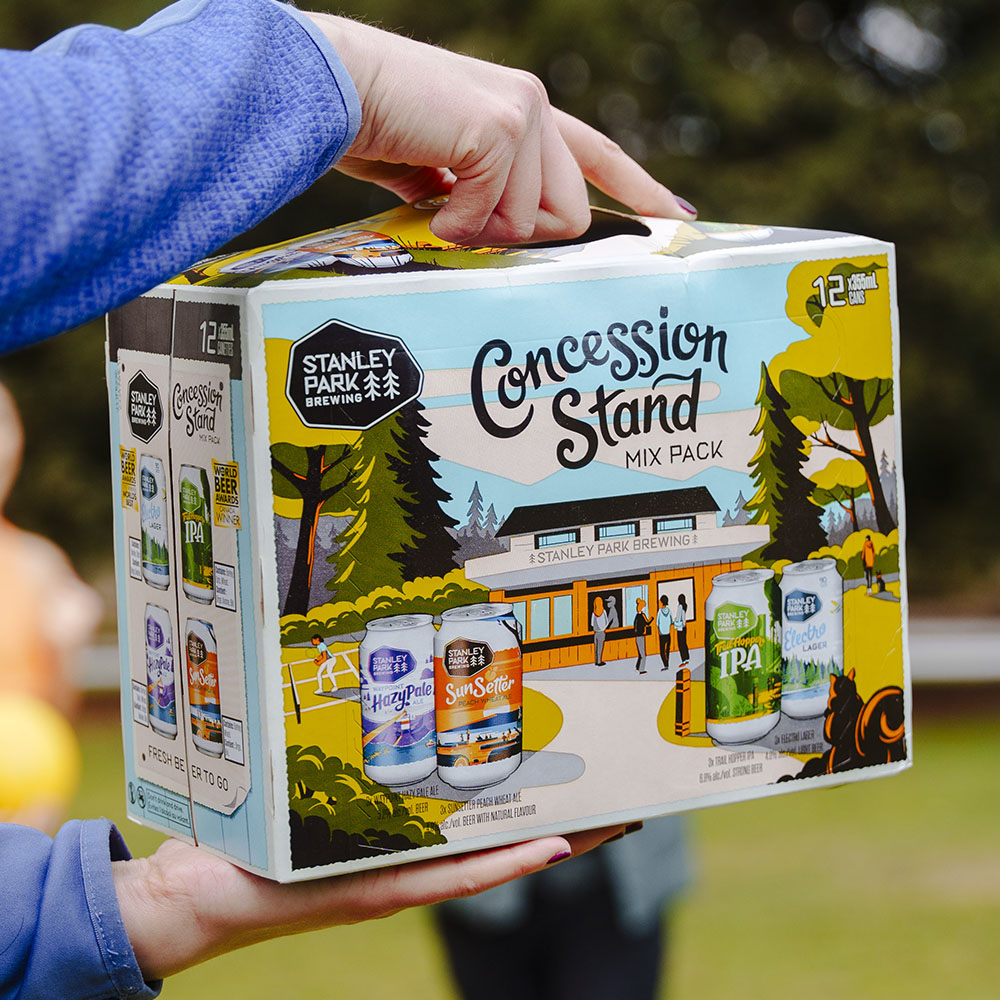
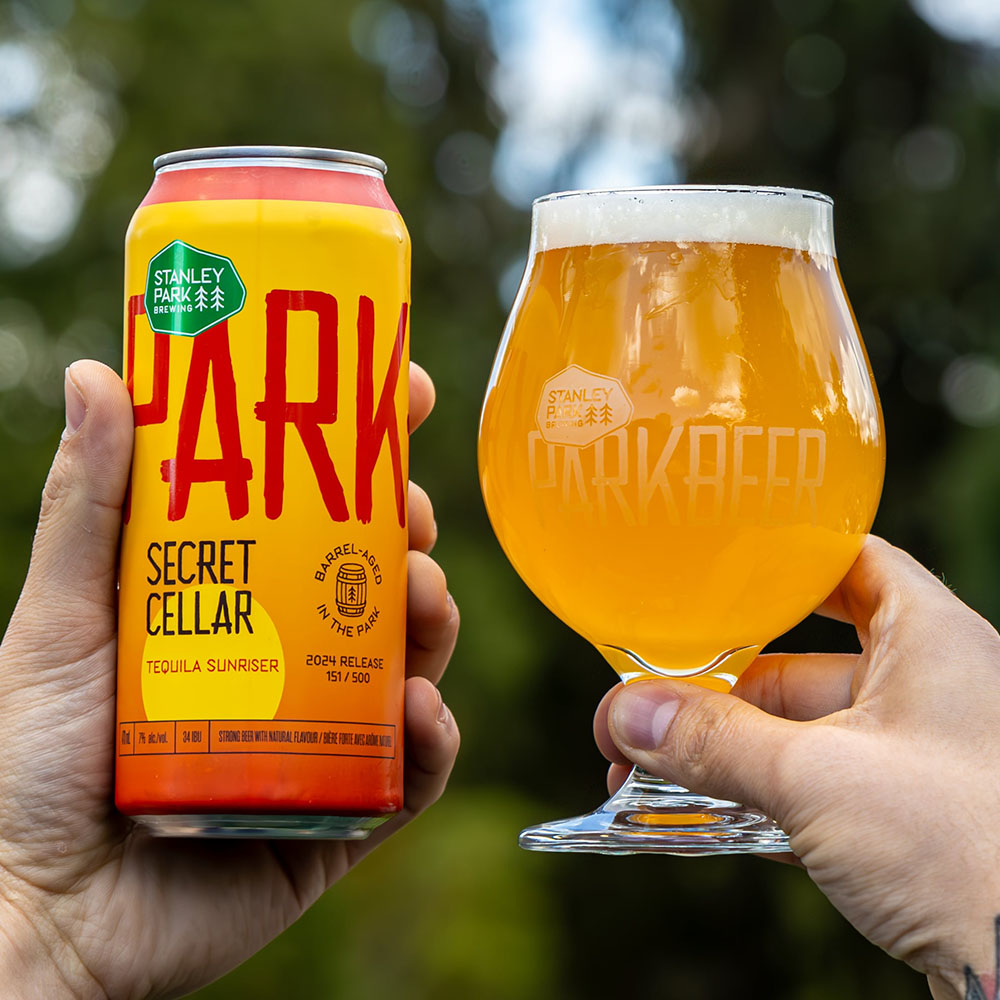
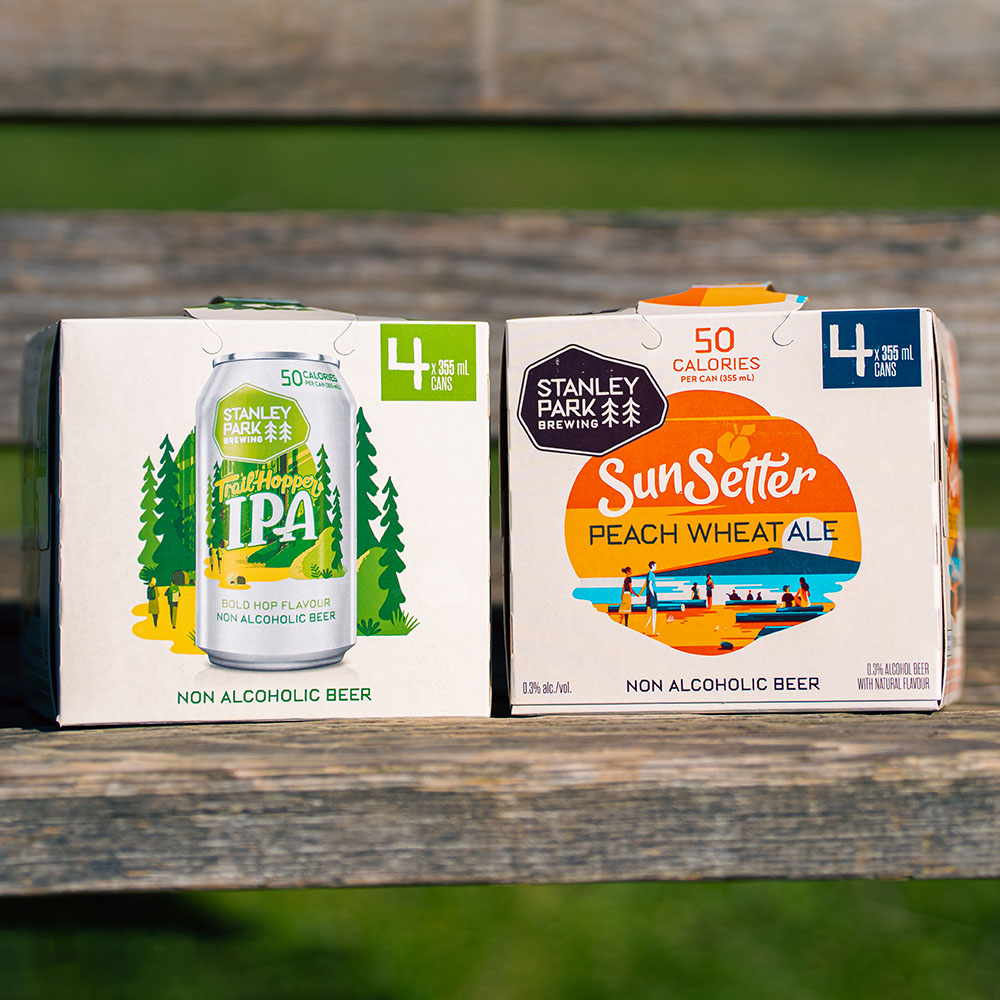
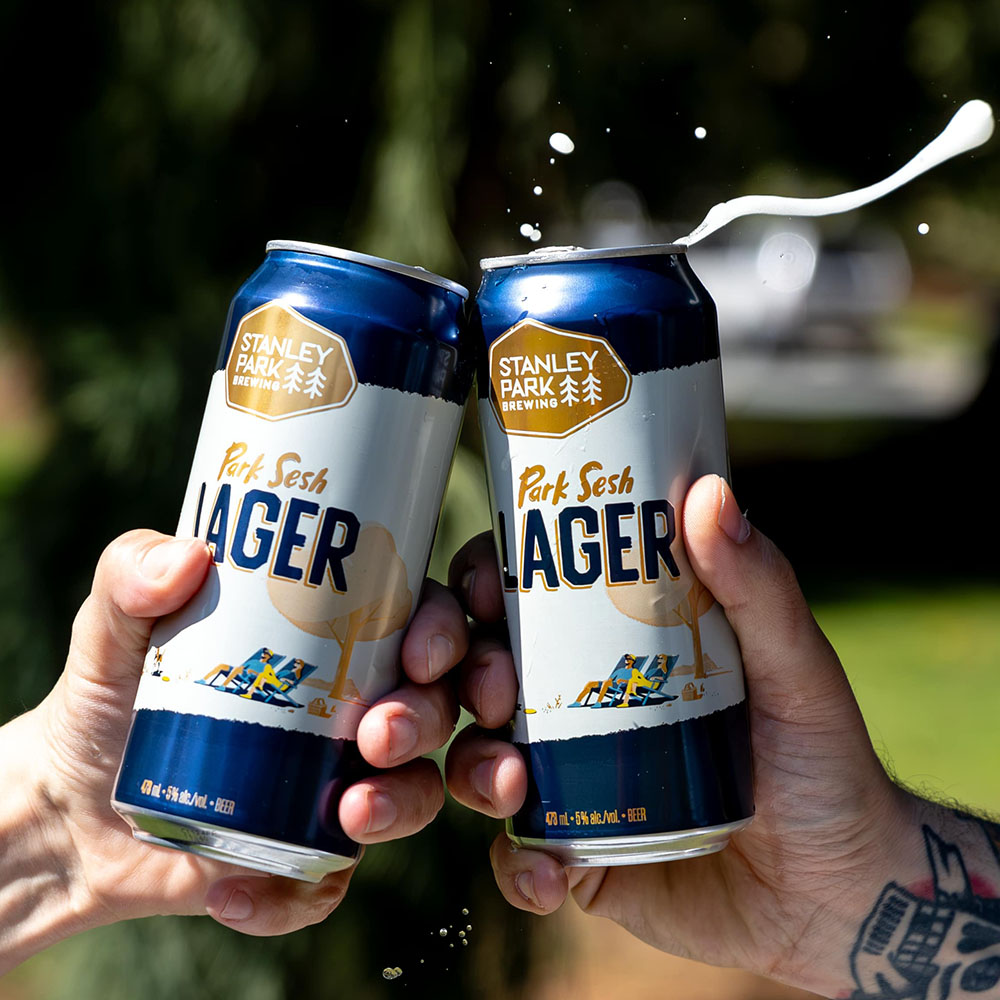
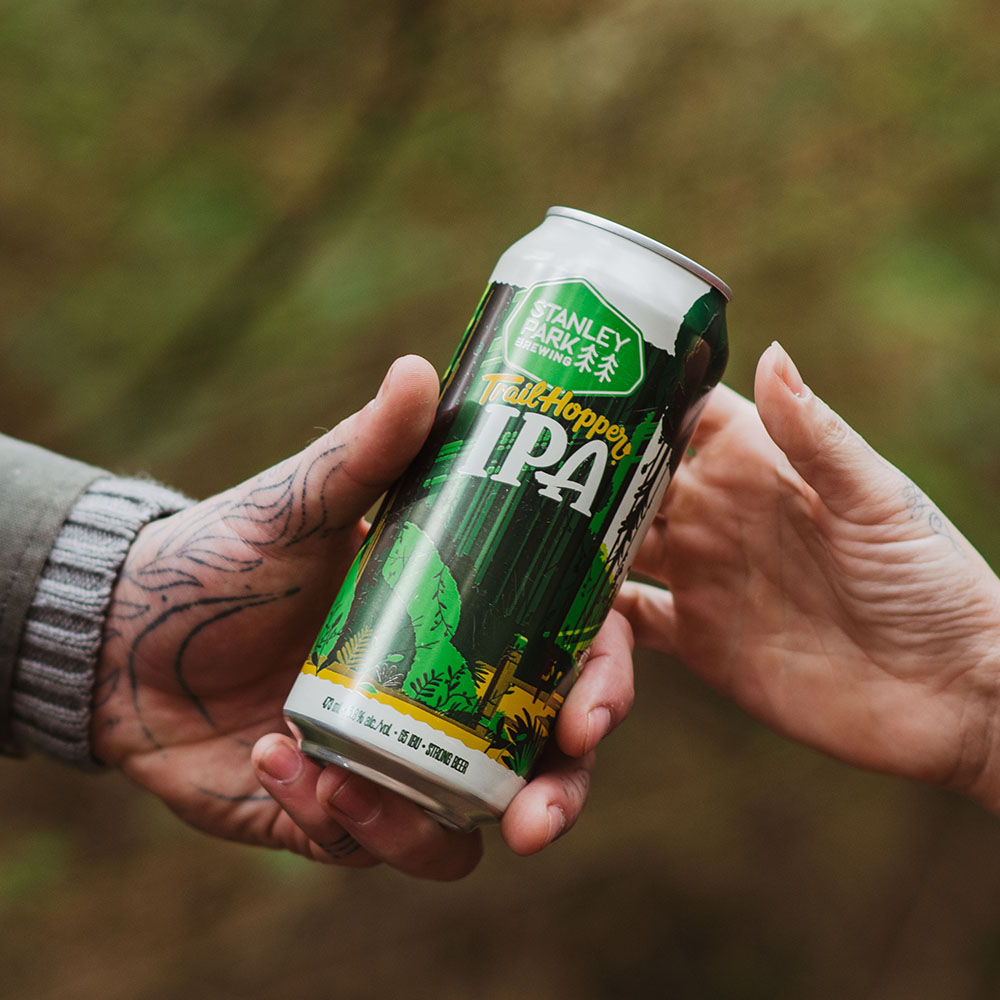


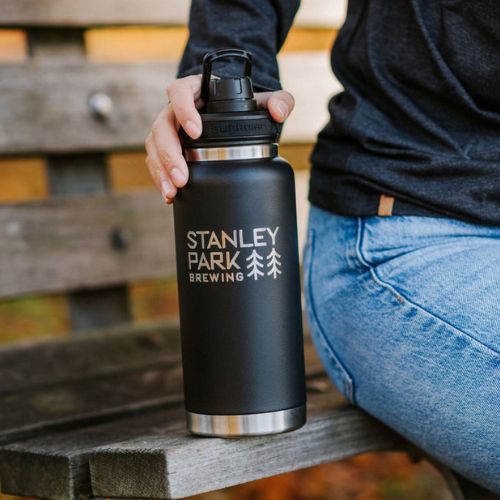

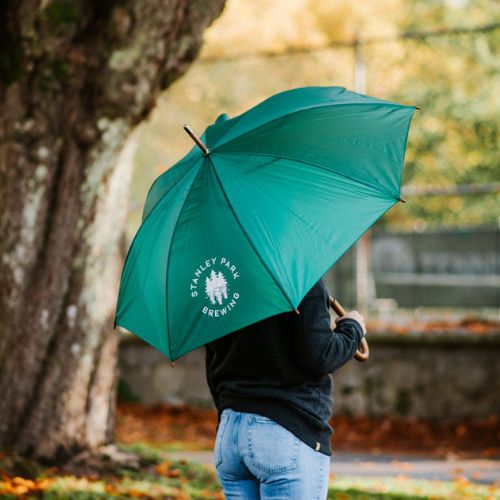

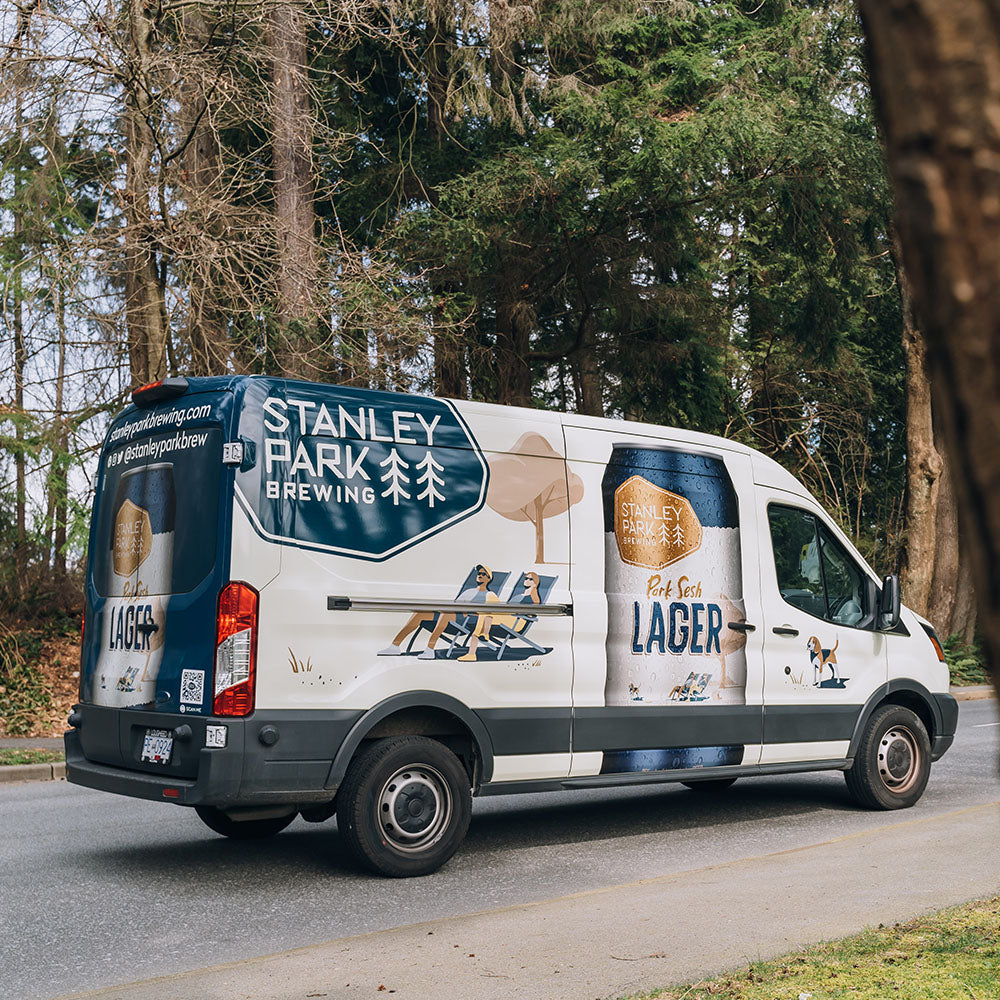

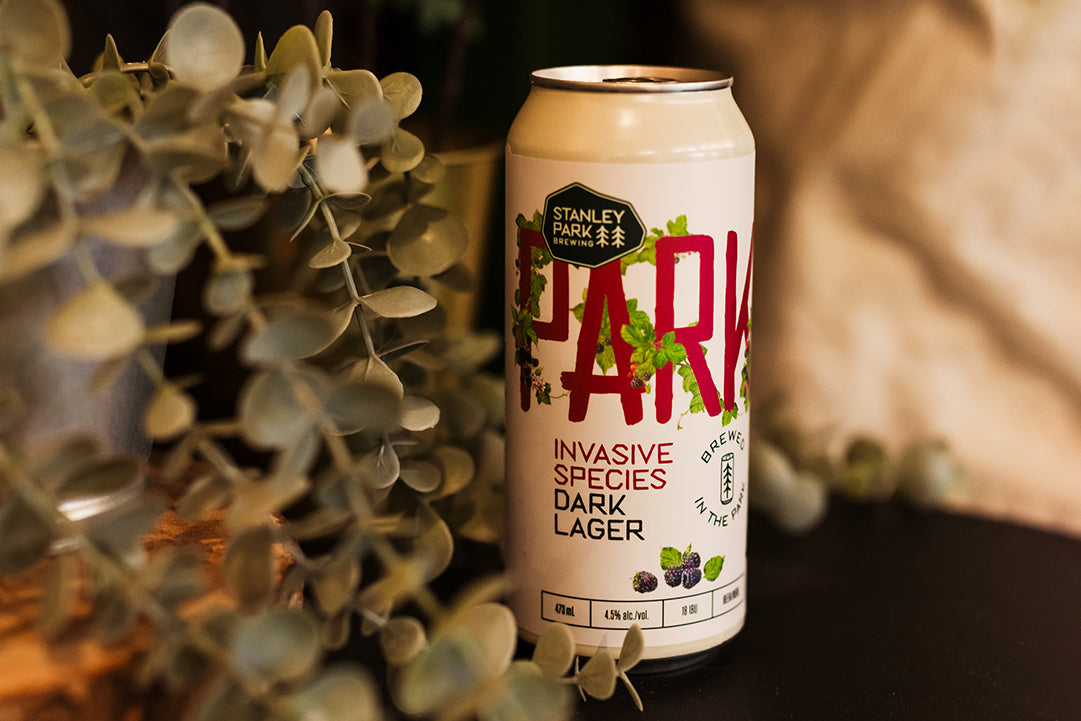


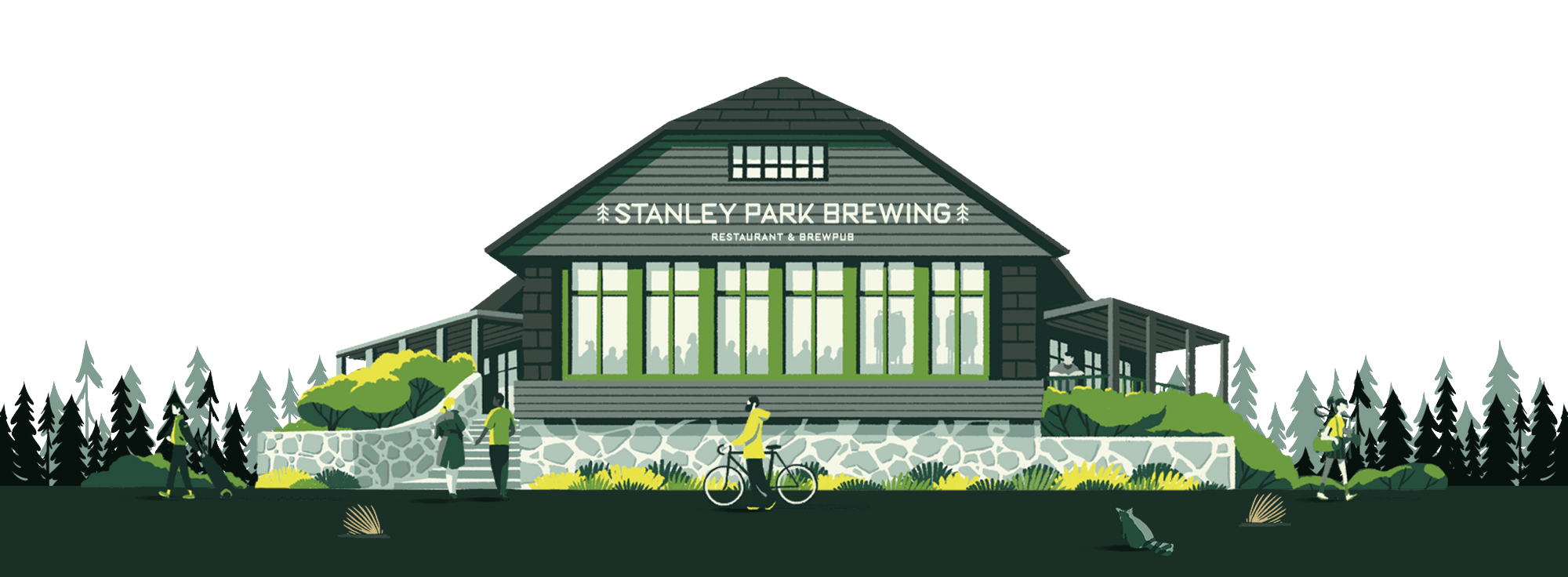
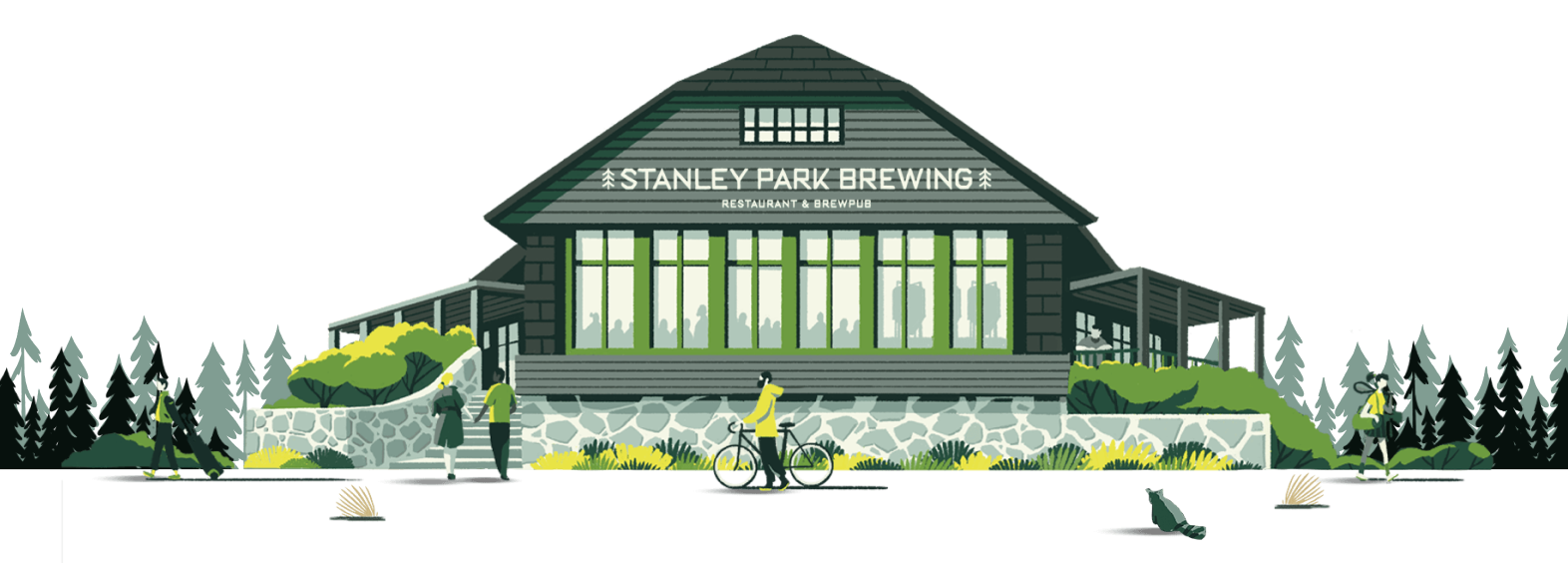
Leave a comment
This site is protected by hCaptcha and the hCaptcha Privacy Policy and Terms of Service apply.